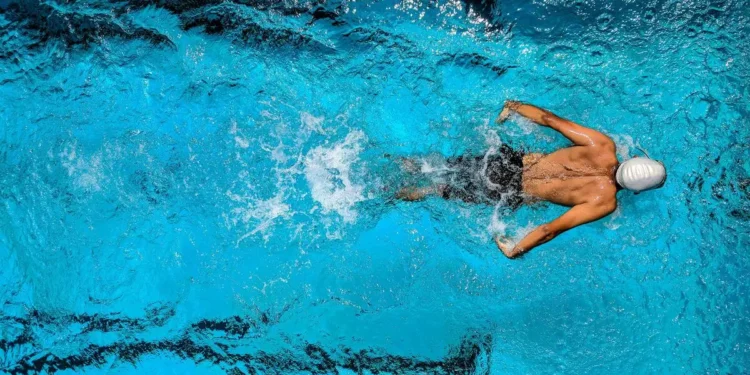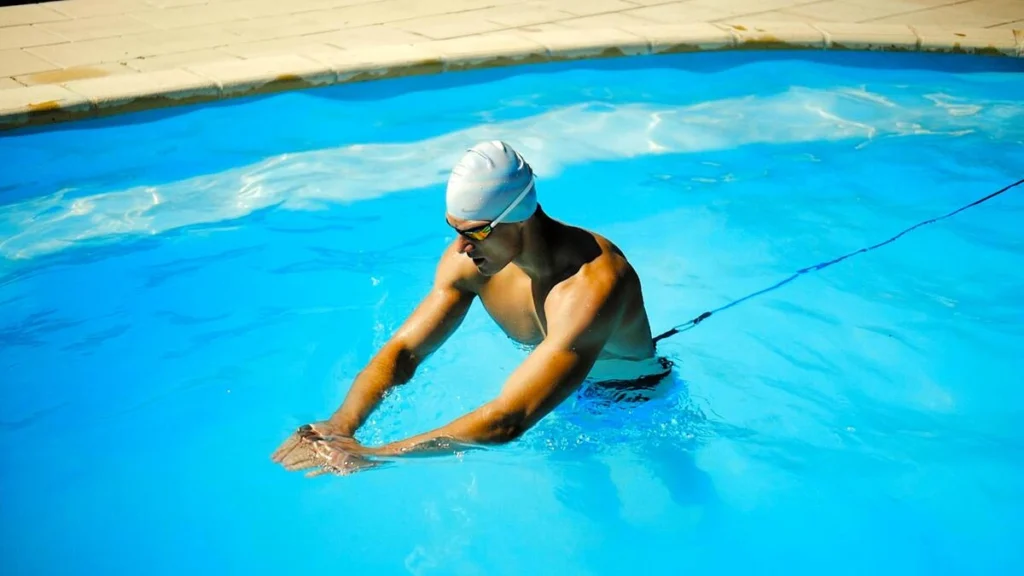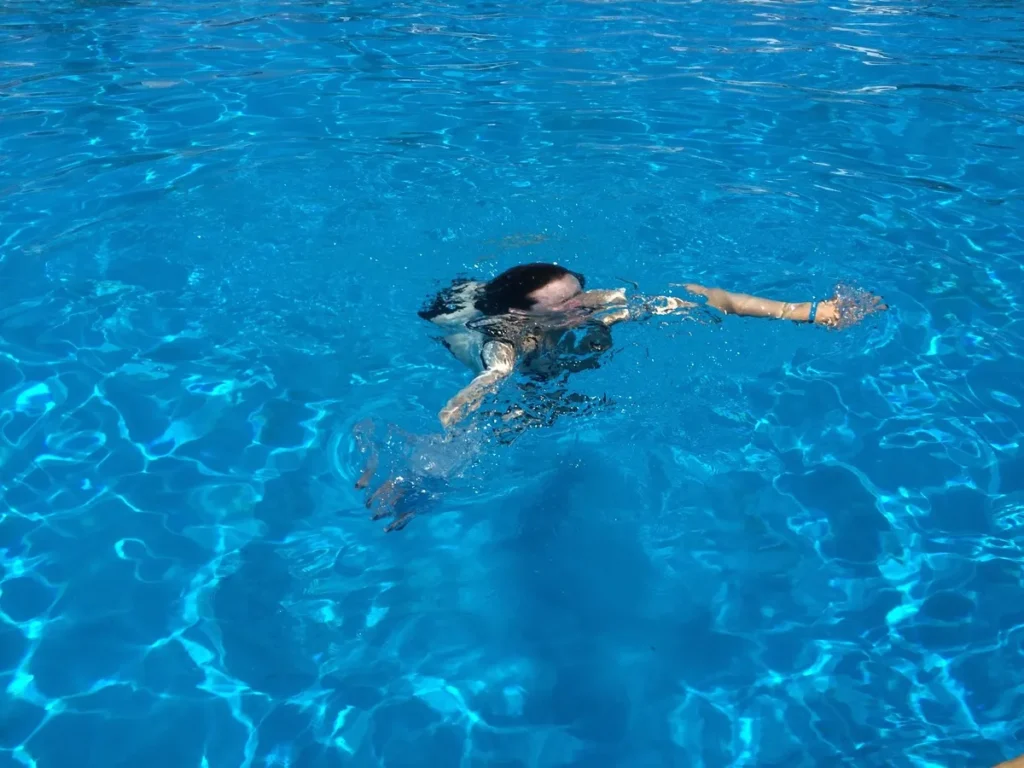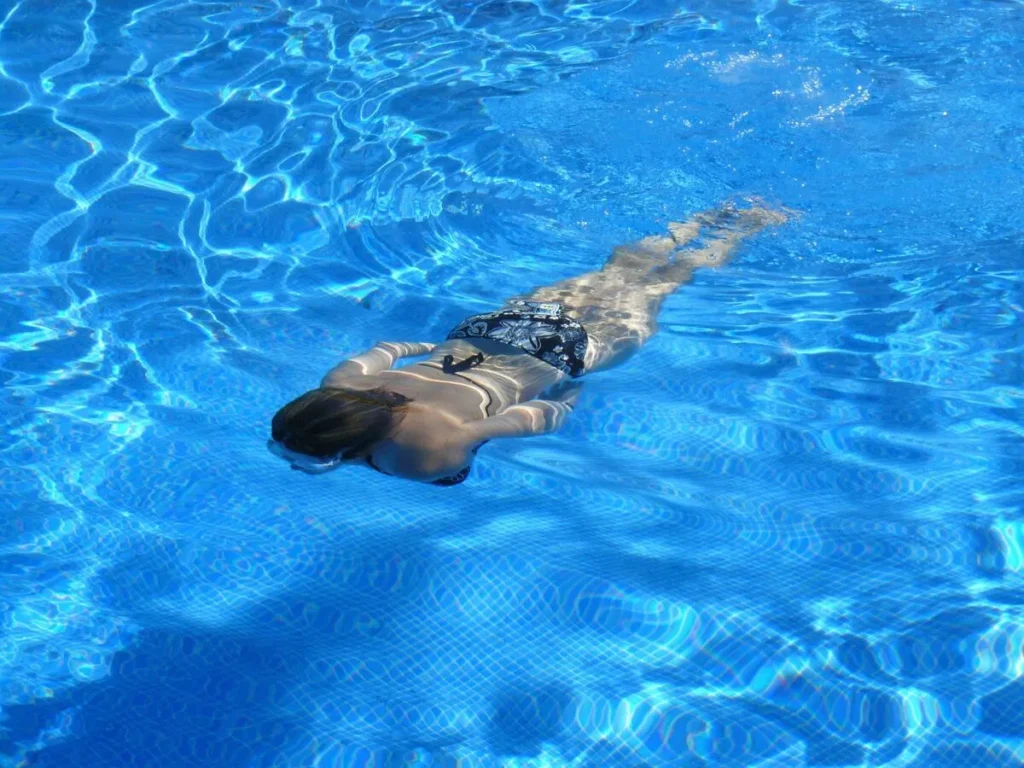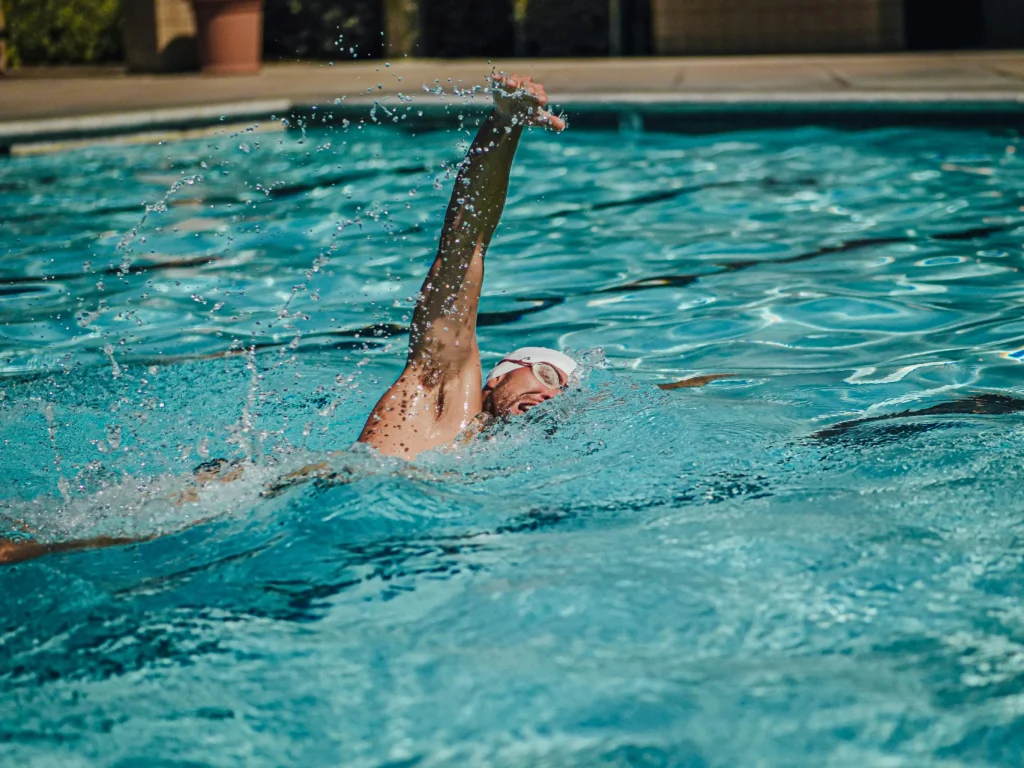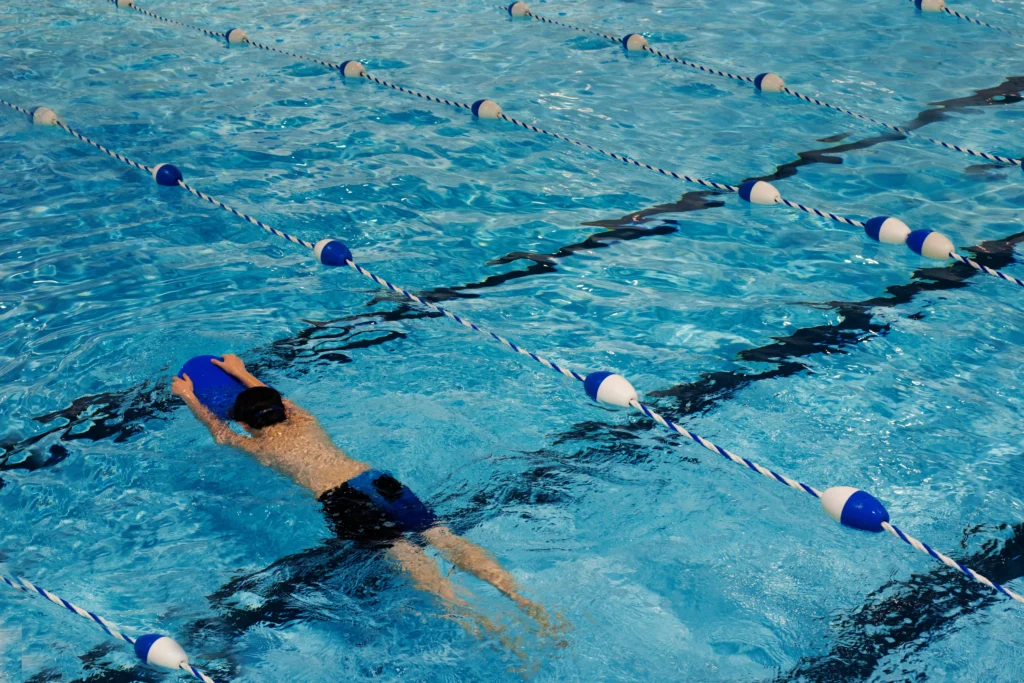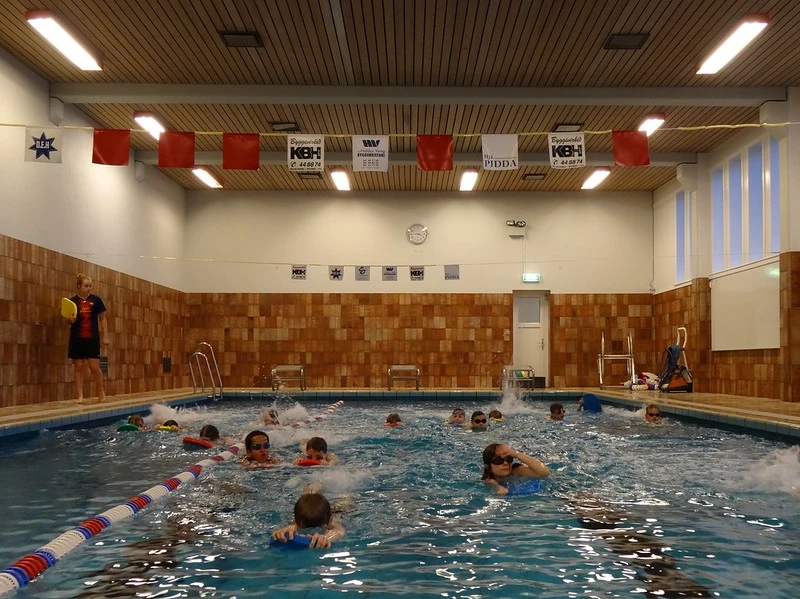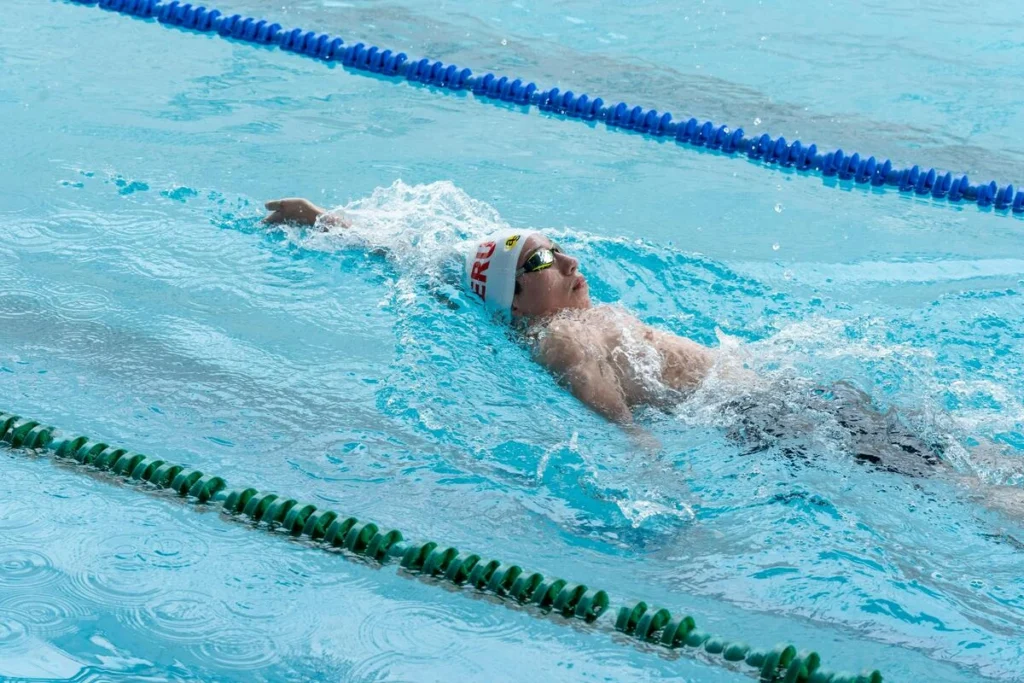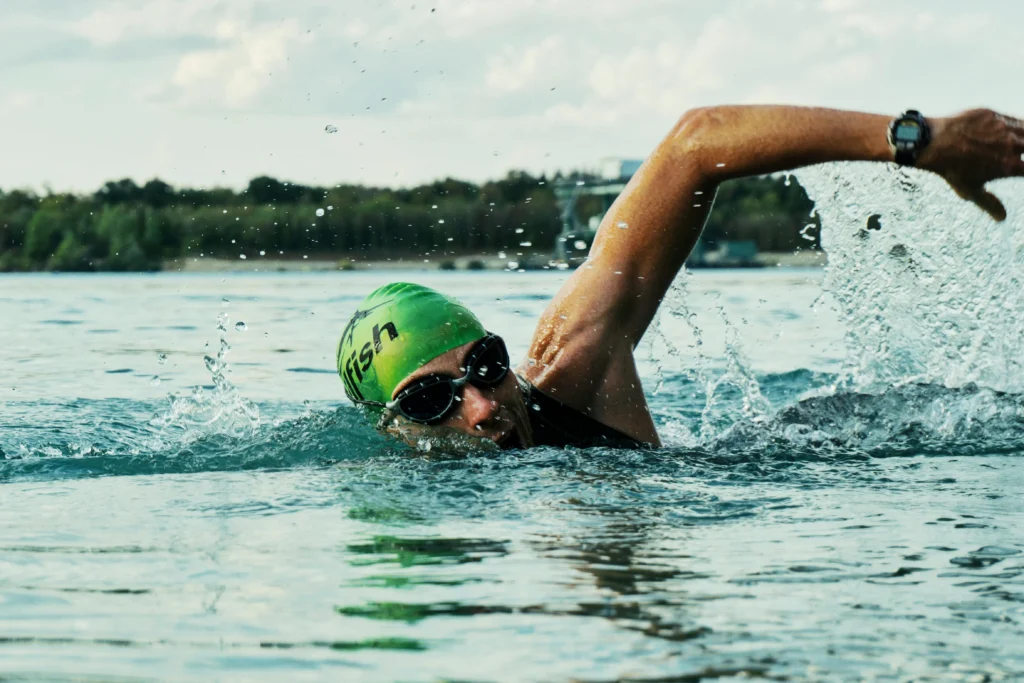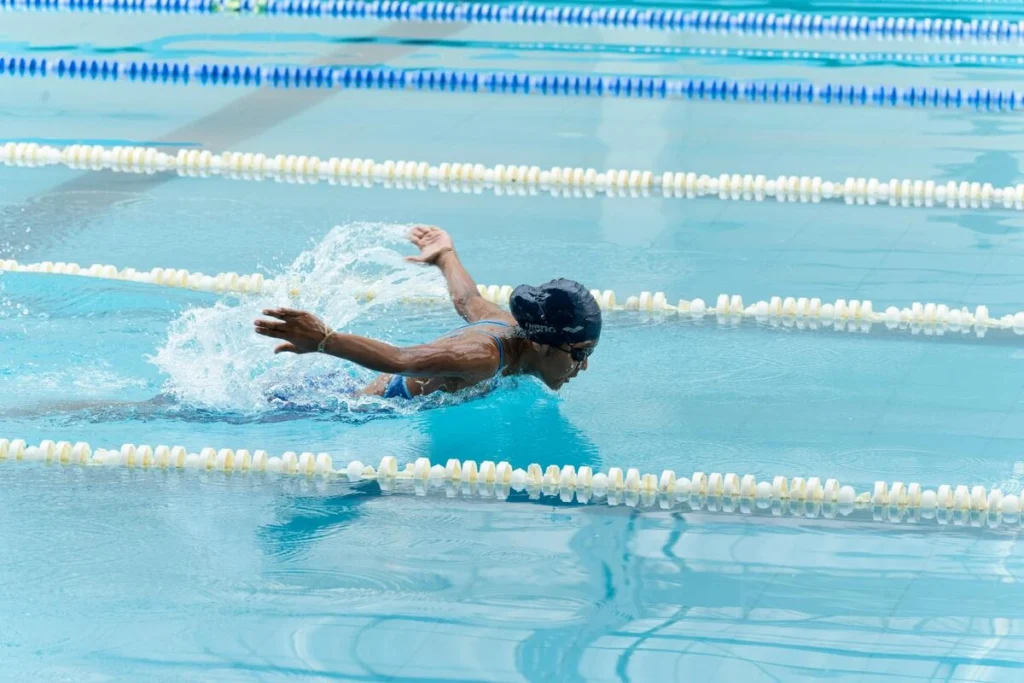Swimming is a life skill not only for safety but for the perfect workout and recreation. Whether you’re a novice swimmer or a seasoned pro, swimming confidently involves a mixture of technique, concentration and consistent practice. Below are 10 tips to help you become a confident swimmer.
Table of Contents
1. Overcome Fear of Water
Waterphobia, for the majority, is the greatest obstacle. Water confidence is the foundation:
- Start at the shallow end so you can get used to the feeling.
- Try dipping your face and creating bubbles underwater. That teaches you how to hold your breath and regulate your breathing.
- Slowly advance to floating and moving in the water holding onto the edge of the pool.
Tip: Patience is key. Take Small steps and celebrate your little success.
2. Learn Proper Breathing Techniques
Swimming requires effective breathing. Inadequate methods can result in exhaustion and anxiety. To master breathing:
- Practice breath patterns by breathing through your mouth and out your nose in alignment with the strokes.
- In freestyle, turn your head to the side and breathe slowly while keeping one ear in the water.
- Exhale steadily underwater to stop holding your breath, which causes stress and tension.
Tip: Try breathing drills like “bubble-blowing” to gain control over your breath.
3. Perfect Your Body Position
A good body position reduces drag and allows you to move more easily:
- Keep your body straight and smooth, with your head and spine in line.
- Keep your eyes orientated downward, and stay balanced as you do this.
- Push yourself with your core muscles so you don’t sink.
Tip: Try floating on your back and stomach to learn buoyancy and stability.
4. Start with Basic Strokes
Learn basic strokes first before working your way up to advanced techniques:
- Freestyle (Front Crawl): The quickest and most common stroke. Focus on fluid arm movements, flutter kicks and side breathing.
- Backstroke: Promotes balance and coordination. It also places less pressure on your lungs because your face doesn’t go under.
- Breaststroke: A slow, relaxed stroke with a focus on timing and coordination.
Tip: Train one stroke at a time to improve over time.
5. Use Swimming Aids Wisely
Swimming aids can boost self-confidence:
- Kickboards: Improve leg power and kick performance.
- Pull buoys: Place between your thighs to isolate arm motions and work on upper-body strength.
- Fins: Boost your kicks and let you know what it’s like to swim fast.
Tip: As your skills develop, gradually decrease the need for aids.
6. Focus on Kicking Techniques
Effective kicks are the key to movement:
- Be easy with your kicks, and create power with your hips, not your knees.
- Use a flutter kick with toes for freestyle and backstroke.
- whip kick for maximum power in the breaststroke.
Tip: Practice kicking up against the pool wall to perfect your form.
7. Develop Arm and Hand Movements
Your arms play a powerful role in pushing you forward:
- For freestyle, focus on recovering your high elbow, pulling through the water, and reaching your full arm.
- For backstroke, keep the arm straight during the recovery and the elbow bent during the pull.
- Breaststroke involves sweeping with your arms parallel to your leg movements.
Tip: Play slowly and focus on form when practising.
8. Practice Swimming Drills
The drills are exercises designed to improve specific skills:
- Catch-up Drill (Freestyle): A skill that teaches you how to coordinate your arms by finishing one stroke and starting the next.
- Sculling: Makes the water feel smoother and propels more through small movements of your hands.
- One-Arm Drill: Increases stroke speed and coordination.
Tip: Adding drills to all your practice sessions will help your skills develop faster.
9. Build Endurance Gradually
Swimming demands physical and mental endurance. To build endurance:
- Begin with small, achievable distances and build the length over time.
- Swap high-intensity laps with easy recovery laps.
- You can incorporate interval training to increase your heart health.
Tip: Always monitor your results to stay motivated.
10. Stay Consistent and Seek Feedback
Consistency is the final key to improvement:
- You need to practice 2–3 times a week to improve your swimming.
- Make videos of yourself swimming or ask a coach for advice on where you can do better.
- Go to a swim group or club to stay motivated and get advice from others.
Tip: Celebrate little milestones to keep a positive mindset.
Additional Advice for Confidence and Safety
- Make sure you stretch before you swim to avoid any injuries.
- Be sure to stay hydrated because swimming makes you dehydrated.
- Learn about pool rules and precautions.
- Avoid overtraining. Rest is as vital as practice.
With these tricks, you can slowly but surely enhance your water abilities. Remember that learning to become proficient takes time and effort so have fun and embrace the process of becoming proficient.
